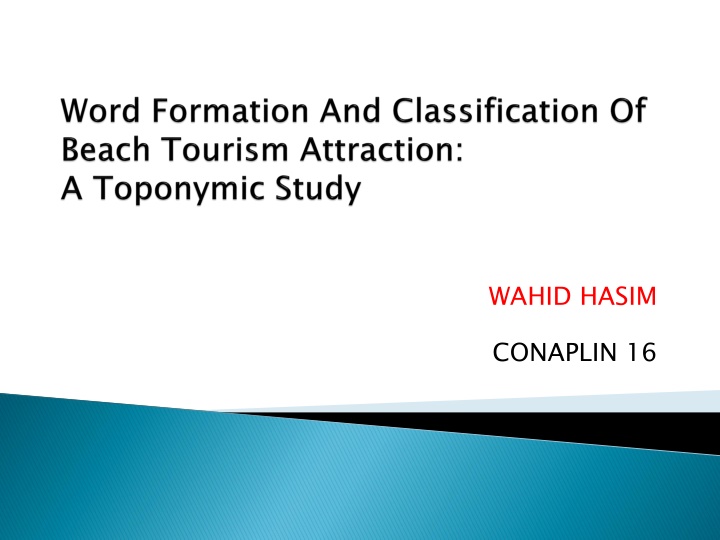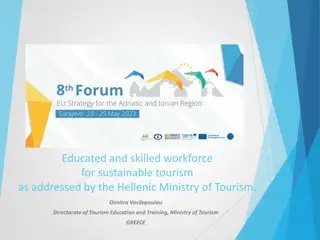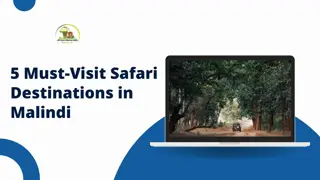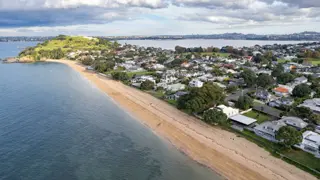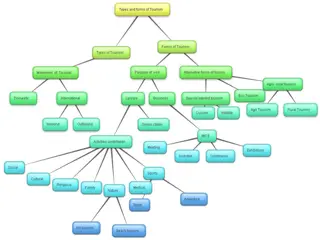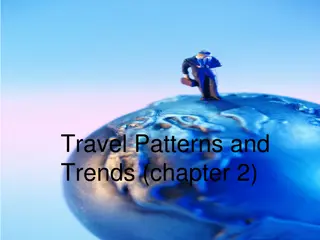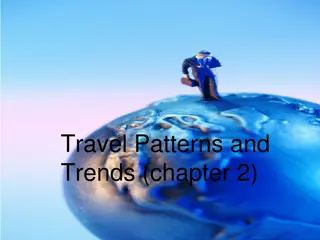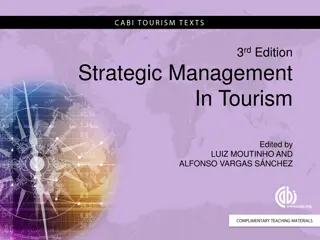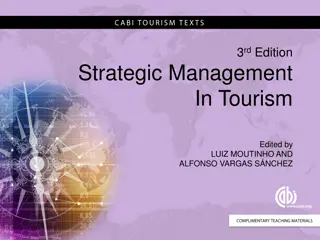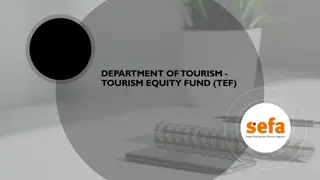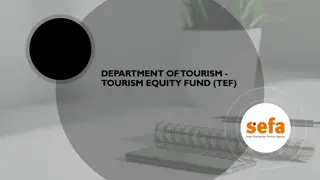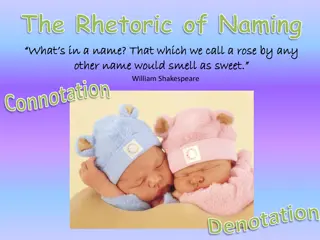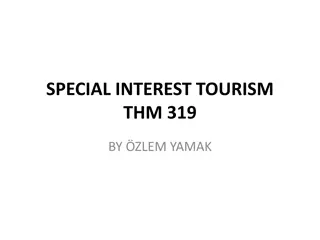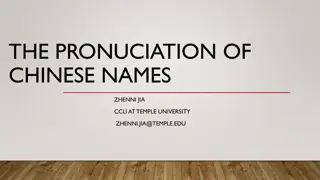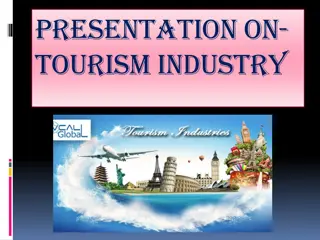Analysis of Beach Tourism Attraction Names in Garut, Indonesia
The district of Garut in West Java, Indonesia, is known for its picturesque beaches spanning 82 kilometers. The names of these beach tourist attractions in Garut play a significant role in reflecting cultural richness and local history. This study aims to analyze word formation processes and classify the names of beach tourism attractions using qualitative research methodology.
Download Presentation

Please find below an Image/Link to download the presentation.
The content on the website is provided AS IS for your information and personal use only. It may not be sold, licensed, or shared on other websites without obtaining consent from the author.If you encounter any issues during the download, it is possible that the publisher has removed the file from their server.
You are allowed to download the files provided on this website for personal or commercial use, subject to the condition that they are used lawfully. All files are the property of their respective owners.
The content on the website is provided AS IS for your information and personal use only. It may not be sold, licensed, or shared on other websites without obtaining consent from the author.
E N D
Presentation Transcript
WAHID HASIM CONAPLIN 16
The district of Garut, located in the West Java Province of Indonesia, is renowned for its mesmerizing natural beauty. One of the main attractions of this region is its stunning beaches, stretching across 82 kilometers (Rianta, 2018). The beach tourist attractions in Garut offer captivating panoramas, exotic natural beauty, and significant economic potential for the area (Nuryah, Efi, & A, 2018).
the names of beach tourist attractions in Garut play a crucial role in providing identity and a unique image to these places. Since, these names reflect the cultural richness, local history, and offer insights into the mindset and values of the local community (Pertiwi, Suyanto, & Astuti, 2022; Rodr guez, 2022).
However, despite their importance, research on the processes of word formation and the classification of beach tourism attraction names in Garut is still limited. To fill this gap, the aim of this study is to analyze the word formation processes and classify the names of beach tourism attractions in Garut.
Employing a qualitative research methodology, data were collected through interview and field observation. A comprehensive analysis was conducted on a total of 15 toponyms, with the aim of comprehending the linguistics phenomena underpinning their word formation and classification.
No 1 2 3 4 5 6 7 8 9 10 11 12 13 14 No Name of Karang Gajah Name of Beach Beach Tourism Attraction Tourism Attraction Karang Paranje Sayang Heulang Karang Papak Gunung geder Gunung Sulah Puncak Guha Sodong Lalay Ranca Buaya Cijeruk Cicalobak Taman Manalusu Cilame Cilaut Ereun
The linguistic and extra linguistic factors To analyze the word formation processes conceptual (1996). To tourism toponyms, the researcher refers to the proposed by Tent (2015). Descriptive,Associative, Occurrence Evaluative, Shift, Indigenous Eponyms toponymic analysis will consider framework presented by Yule determine the classification of beach theory of toponym classification as
A word formation = Nine Compound words No No Beach Names Beach Names Word Formation Word Formation Description Description Combination of two base words Karang and Gajah Combination of two base words Kata Karang and Paranje Combination of two base words Sayang and Heulang Combination of two base words Karang and Papak Combination of two base words Gunung and Geder Combination of two base words Gunung and Sulah Combination of two base words Puncak and Guha Combination of two base words Sodong and Lalay Combination of two base words Ranca and Buaya 1 1 Karang Gajah Compounding 2 2 Karang Paranje Compounding Sayang Heulang Karang Papak 3 3 Compounding 4 4 Compounding 5 5 Gunung geder Compounding 6 6 Gunung Sulah Compounding 7 7 8 8 Puncak Guha Sodong Lalay Compounding Compounding 9 9 Ranca Buaya Compounding
Word Formation Multiple processes Multiple processes Multiple processes Multiple processes Multiple processes Borrowing Word Formation No No Beach Name Beach Name Description Description 1 1 Cijeruk Clipping and Compounding 2 2 Cicalobak Clipping and Compounding Taman Manalusu Cilame 3 3 Compounding and Borrowing 4 4 Clipping and Compounding 5 5 Cilaut Ereun Clipping and Compounding 6 6 Santolo Dutch
No 1 1 2 2 3 3 4 4 5 5 6 6 7 7 8 8 9 9 10 11 12 13 14 15 No Beach Sayang Heulang Karang Papak Gunung Geder Gunung Sulah Puncak Guha Sodong Lalay Ranca Buaya Cijeruk Cicalobak Cilame Cilaut Eureun Santolo Karang Paranje Karang Gajah Taman Manalusu Beach Classification Descriptive Descriptive Descriptive Descriptive Descriptive Descriptive Descriptive Descriptive Descriptive Descriptive Descriptive Descriptive Occurrence Associative Eponym Classification 10 11 12 13 14 15
The research finding indicates that word formation in toponyms of beach tourist attractions encompass three principal processes: compounding, multiple process and borrowing. Furthermore, based on their classification, the toponyms of beach tourist attractions can be classified in to five types: descriptive, associative, eponym, occurrence and indigenous. These finding significantly contribute to scholarly understanding of the linguistic aspects pertaining of toponyms within the context of beach tourism in Garut, Indonesia.
